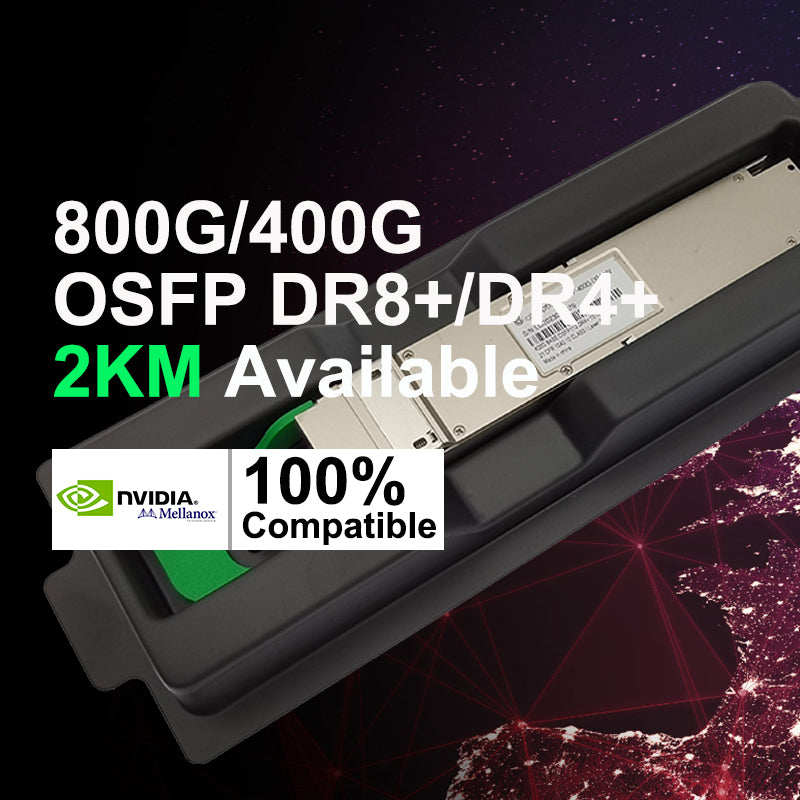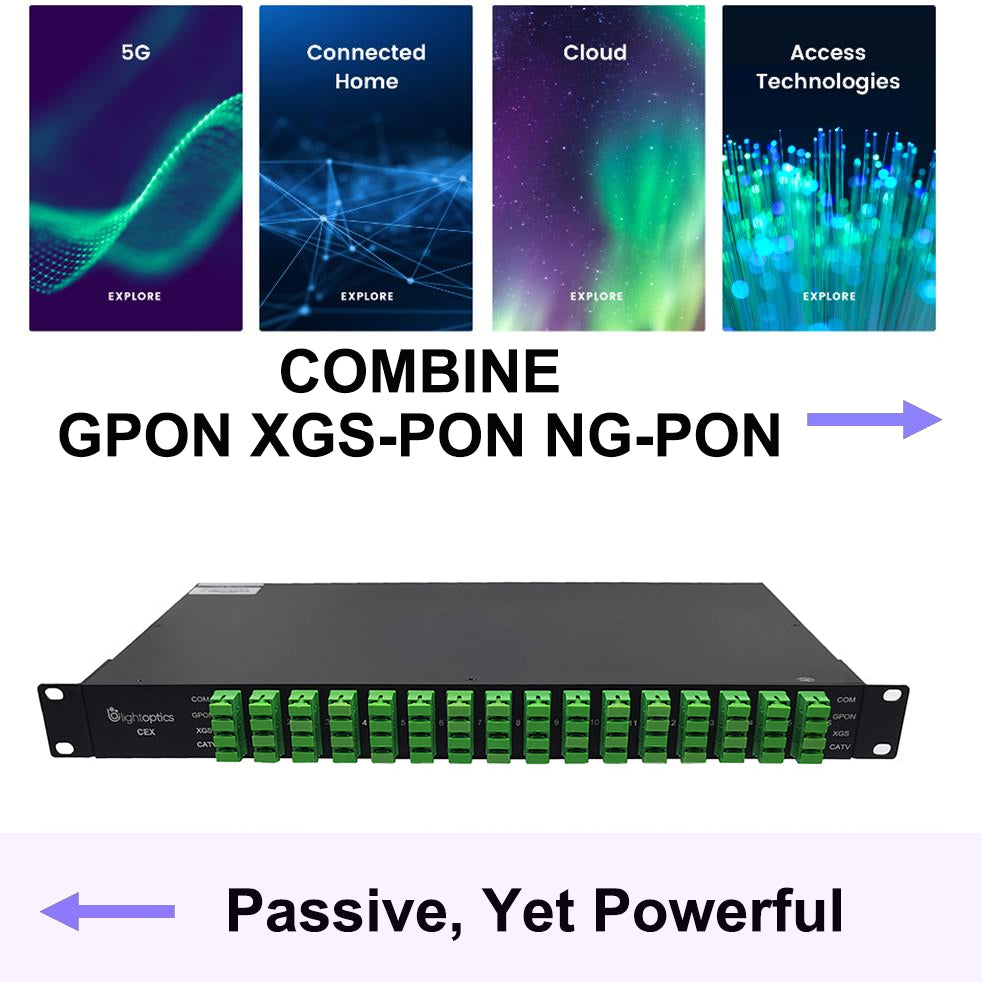New Home Application Guide: Wiring Fiber Optic Cable with HDMI/DisplayPort/USB
Single family homes, apartments, condominiums and other multi-dwelling units are increasingly wired with fiber optic cable to future-proof installations and create more reliable, higher-bandwidth and faster speed network and video infrastructures. In larger projects, fiber-based systems also easily exceed the distance limitation of twisted pair-based systems (100m / 330ft.) and provide signal immunity to static, surges, lightning and interference.
Why fiber is so great?
1) High download speeds
Since fiber is used to connect entire continents with billions of internet users, it should come as no surprise that fiber is the fastest choice for connecting your home and all your devices. Most fiber plans nowadays offer 1 Gbps (1,000 Mbps) speeds, which is more than most people can use—even if they invite all their friends over to use their Wi-Fi.
Many cable internet plans can also reach 1 Gbps, but the two technologies are by no means equals. Cable speeds will probably continue to increase as we push the technology to its physical limits. Meanwhile, fiber isn’t even breaking a sweat yet. As home internet speeds increase, the gap between cable and fiber is only going to get wider.
2)Symmetrical upload speeds
Cable download speeds are roughly on par with fiber, but uploading on a cable connection reaches only a fraction of those speeds. Fiber, on the other hand, has symmetrical upload and download speeds. This means that if you can download at 1 Gbps, you can upload at 1 Gbps as well.
Most internet activities, like watching video, reading the news, or just web surfing, require very little upload speed, so download speed is the important factor. However, as more people start using the internet for video conferencing and livestreaming, upload speed becomes more important. Nothing comes close to fiber in terms of upload speed.
3) Reliability
Fiber connections don’t just have the highest advertised speeds; they also maintain those speeds more reliably than other connections. Most types of internet are vulnerable to certain types of interference. Here are some examples:
Cable internet is slower when there’s more internet traffic in your neighborhood.
DSL internet slows down the farther you get from the provider’s central office.
Satellite internet can be disrupted by the weather.
Fiber doesn’t suffer from any of these problems. It also doesn’t require as much maintenance as other types of internet. This means that you don’t have to deal with outages from old cables being replaced nearly as often as you would with cable or DSL.
4) Scalability
Fiber is certainly the best internet you can get right now, but it’s also the best option when looking to the future. Since fiber uses light instead of electricity to transmit its data, it uses much higher frequencies and loses less energy over long distances. This means that fiber can carry more information much farther than is physically possible across metal cables.
Can I use Fiber Optic Cable with HDMI, DVI and DisplayPort?
Fiber optic cable is increasingly used to extend video signals such as HDMI, DVI and DisplayPort. Fiber supports the bandwidth required for native 4K HDR (up to 18G) and 8K (up to 48G), and it future-proofs for planned standards such as 12K and 16K.
Video over fiber extenders typically leverage the same standard fiber optic cable and connectors commonly used in data applications, such as multimode OM3 with MPO connectors.
8K Fiber Optic HDMI 2.1 Cable Application Drawings
Notes When Wiring HDMI/DisplayPort/USB Fiber Optic Cable
This video signals HDMI/DisplayPort/USB cables require at least 6-core multi-mode (OM3) fiber optic cable. MPO connectors are commonly available in two formats: Female (without pins) and Male (with pins).
Type A MPO adaptes (Key-up to Key-down) are commonly used in wiring and are available in two formats: Type A (Key-up to Key-down) and Type B (Key-up to Key-up). Type A adapters are typically black and Type B are typically grey.
Fiber optic cable is available in a variety of formats. Outdoor rated (weather-proof) cable is used if conduit is in place. Direct burial (weather-proof and armored) cable is used if the cable will be buried directly in the soil.













